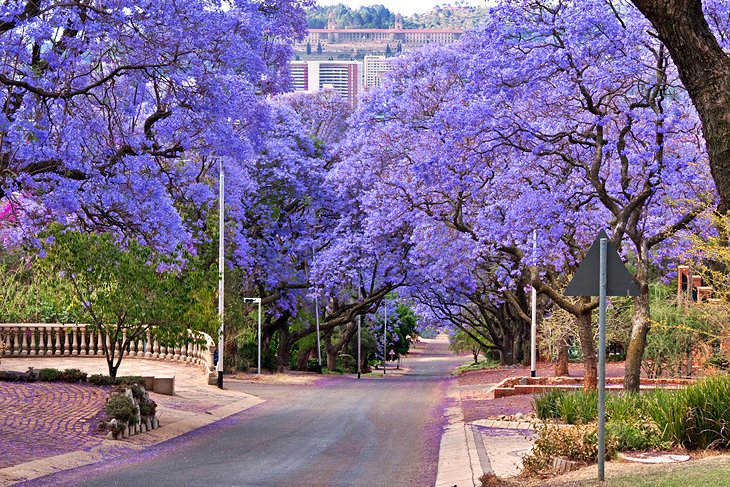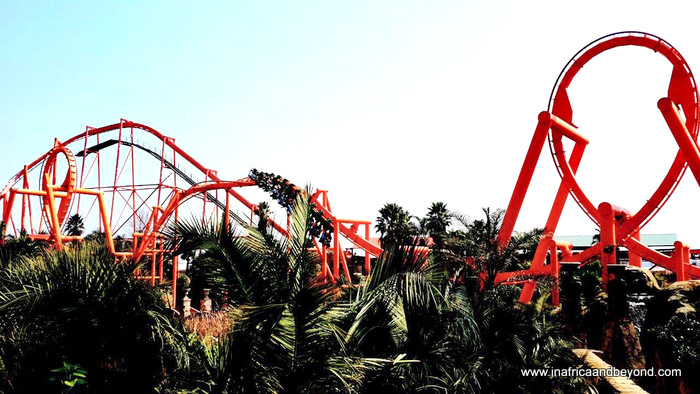Not known Facts About Johannesburg North Attractions
Not known Facts About Johannesburg North Attractions
Blog Article
The smart Trick of Johannesburg North Attractions That Nobody is Discussing
Table of ContentsJohannesburg North Attractions Things To Know Before You Get ThisThe Johannesburg North Attractions PDFsJohannesburg North Attractions - An OverviewFacts About Johannesburg North Attractions RevealedThe smart Trick of Johannesburg North Attractions That Nobody is Talking AboutThe 20-Second Trick For Johannesburg North Attractions
The city grew on the edge of the Witwatersrand Main Reef, a subterranean stratum of gold-bearing quartz-silica conglomerate that arcs for hundreds of miles below the Highveld - Johannesburg North attractions. Most of the gold mines in the city stopped procedure in the 1970s, yet in its day the Witwatersrand gold market accounted for even more than 40 percent of the world's annual gold manufacturing.Johannesburg has a warm environment. Summer temperatures balance concerning 75 F (24 C); winter season temperatures balance concerning 55 F (13 C) and just periodically dip listed below cold. The city appreciates regarding 8 hours of sunshine per day in both wintertime and summer season. Rain standards concerning 28 inches (700 millimetres) per annum, however the overall differs substantially from year to year.
What rain the city receives drops nearly solely in the summer months, frequently in amazing late-afternoon electrical tornados., where lots of locals still count on coal for gas.

The Ultimate Guide To Johannesburg North Attractions
The balance of the city is inhabited by whites. Accommodation varies in personality and quality. Soweto is notorious for its endless rows of municipally constructed, two-room matchbox homes, yet it also has a couple of thriving enclaves in addition to brimming squatter camps, where tens of thousands live without water, electricity, or cleanliness centers.
Physical development, although somewhat limited by transportation, continued swiftly as immigration to South Africa, and Johannesburg specifically, raised considerably. This trouble was fixed in the 1930s when the car was introduced in automation to South Africa. Autos were, essentially, constrained to the affluent, and permitted them to transfer to the north of the city and commute into the centre.
A lot of inadequate suburbs were combined, with inadequate blacks and whites living together, although the affluent suburban areas were usually booked for whites.
The estimated population of the area is 200,000, [] The number of individuals living in the internal city on an informal basis is unknown, as many are unlawful immigrants. Most higher-income citizens and white people have relocated to the northern suburban the original source areas and have been changed by lower-income black individuals. The unemployment, education, and age profiles of the location are all unidentified, because of the trouble of acquiring reliable info regarding the location.
8 Easy Facts About Johannesburg North Attractions Explained
Yeoville and Bellevue have a mix of house buildings and single household systems on small whole lots. The region is located on a mountainous divide that runs from eastern to west.

Not known Incorrect Statements About Johannesburg North Attractions
R. Tambo International Airport Terminal). The eastern residential areas are some of the earliest locations of Johannesburg, there are large areas of Jewish and various other European backgrounds, the bulk of the populace is English speaking. There are three golf training courses in addition to a number of safeguarded ridges with viewsites. There are a number of strong and up-market amusement and buying areas in the eastern such as the Eastgate Mall and the Greenstone shopping centre.
The area is mostly composed of old "matchbox" houses, or four-room homes built by the federal government, that were developed to give economical accommodation for black employees during apartheid. Soweto is an acronym, representing "South Western Townships". Road after street around is lined with matchboxes; nonetheless, there are a couple of smaller sized wikipedia reference locations where thriving Sowetans have actually constructed houses that are much more similar in stature with those in more affluent residential areas.
Hostels are an additional prominent physical feature of Soweto. Originally built to house male migrant workers, numerous have been enhanced as houses for couples and family members. The N1 Western Bypass skirts the eastern limit of Soweto. The suburb was not traditionally enabled to produce employment centres within the location, so nearly all of its locals are commuters to other parts of the city.
Johannesburg North Attractions Can Be Fun For Anyone
The N1 Western Bypass links the northern suburban areas with the north-western residential areas. The houses in the north residential areas are primarily official, with no significant locations of casual real estate, or real estate that lacks a long-term framework. This is a recognized location, there is a trend of land use modification from residential to industrial, particularly along main arterial roadways and around established nodes.
Roadways to the eastern and west are much less well established, as there are no freeways taking a trip in that instructions. In the direction of the north border of the city, the density of growth lowers, leaving large areas of primitive land why not try this out around Midrand.
Little Known Facts About Johannesburg North Attractions.
, which is located on a hillside overlooking the internal city and Hillbrow.
Report this page